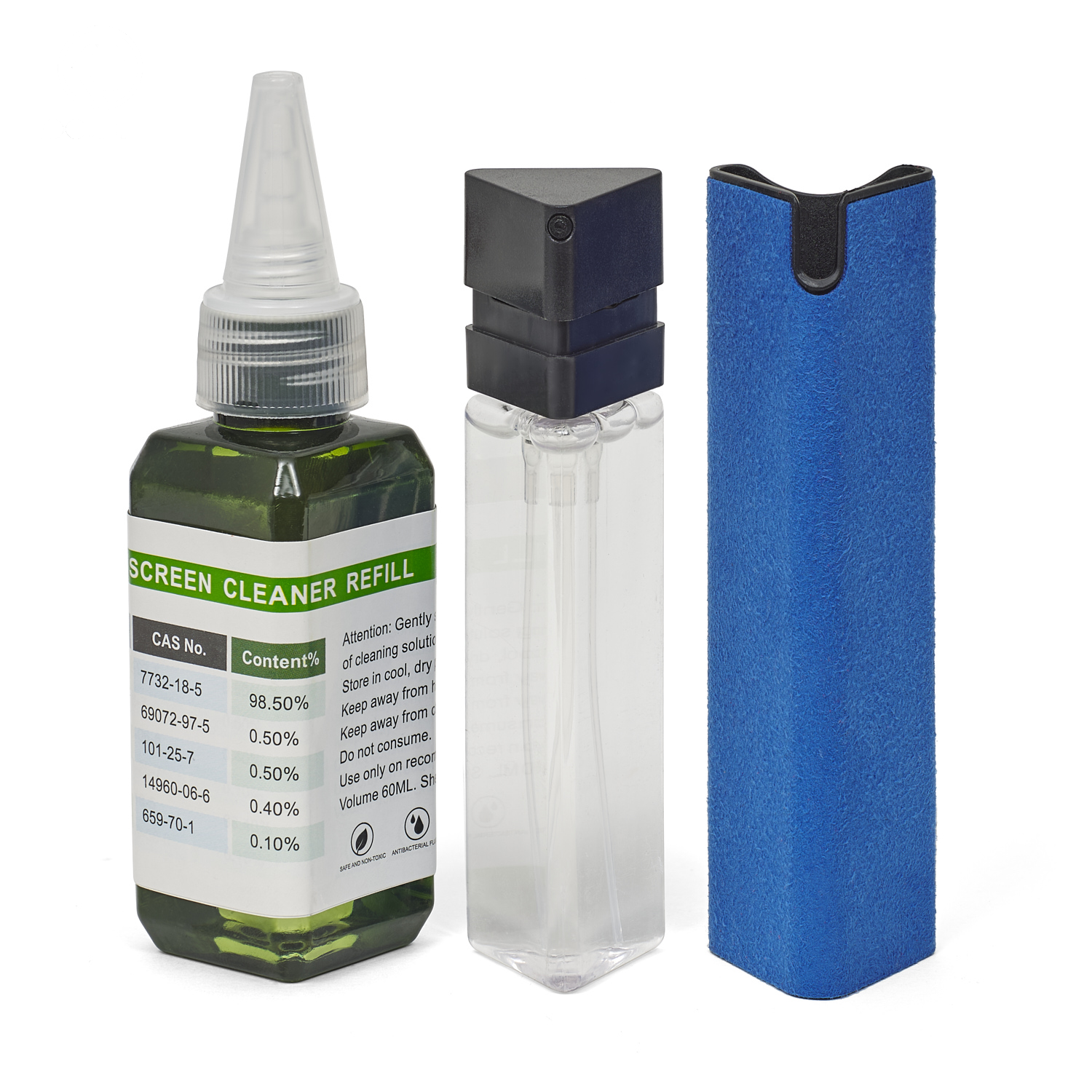What is digital eye strain?
Every year we’re spending more and more time staring at screens, even more now that we spend a lot of time working from home due to COVID-19. Think about it for a moment - we spend a lot of time with phones, laptops, computers, tablets and TV screens. It's near unavoidable to go about your day without interacting and staring at some kind of digital screen.
Prolonged screen time leads to digital eye strain which is described as discomfort in your eyes or as causing problems with your vision. This can result in headaches, blurred vision or neck and shoulder pain (especially if you're working at your desk with poor posture). A few of the other causes include uncorrected vision problems, low lighting, or glare.
Fortunately for you, we’ve put together a list of five quick and simple fixes to help reduce your risk of developing digital eye strain.
The 20x4 Rule
Also called 20-20-20-20 (no that’s not a typo!) this simple fix is a great one for people who spend a large chunk of their workday looking at a screen.
To implement this rule, start by sitting with your eyes at least 20 inches from your screen. Then take a 20-second break every 20 minutes to look at something at least 20 feet away.
This helps give your eyes a break regularly by letting them adjust to objects at different distances.

Fix Your Posture
This tip is pulling double duty because it’s good for your eyes and your back. You want to sit at your desk in such a way that your back and eyes are supported. This means sitting up nice and straight, at a safe distance for your eyes. Consider where you place your mouse. If it’s too far away, you’ll likely find yourself leaning in close to your computer screen. If that’s the case and it doesn’t reach, it might be time to invest in a wireless option.

Adjust your Lighting
If the lighting in your space is brighter than your screen that’s excessive and exacerbate eye strain. So, adjust your lighting on your device and consider moving around your house if possible, to sit in natural lighting.
How bright should your monitor be? Well, that's hotly debated, we suggest it's a balancing act. If you're sitting in brighter conditions, you'll need to increase the brightness, but if you're in the dark, it's a good idea to dim your display.

Avoid Blue Light
You’ve probably come across ads for blue light glasses which claim to help you sleep better. They also help in this case because blue light (produced by digital screens) while known for making you feel more energetic is a contributor to digital eye strain. Another inexpensive option is to turn on night-mode on your devices (called Night Shift on Apple products). This shifts the screen into warmer tones which will reduce the blue light wavelengths.
Keep a clean screen
Cleanliness has become a highlighted issue in 2020, but that's because it's super important to maintaining your overall health. Fingerprints, dirt and smudges on our devices make it harder to see and increase the amount of strain on our eyes. To keep your screen clean you'll want to use a dry microfiber cloth and cleaning solution safe for screens. We offer the perfect solution with our Koolbitz 2-in-1 screen cleaner. It's safe for all devices, and the handy 2-in-1 solution means you never have to worry about leaving your solution at home. It perfectly fits in your pocket, purse or work bag.

Conclusion
There you have it, five easy solutions to help you reduce your risk of digital eye strain. Don’t let your eye strain persist because it can lead to further problems down the road. Take action today and get yourself back on track to living a happy and healthy life.
Over to you
If you liked this article, please share.




